
Essential PPE in the Food Industry: What You Need to Know
Overwhelmed by PPE options for food safety? Master your PPE selection for food workers safety with these practical tips.

Get 20€ off on your first order!
Finding the right apron for your work can be a challenge. Whether you’re dealing with heat, heavy-duty tasks, or lighter everyday work, the apron you choose impacts your safety, comfort, and efficiency.
This guide provides everything you need to know to confidently decide between leather aprons and fabric aprons. We’ll not only answer your questions but also help you prepare for your next step—selecting the perfect apron for your needs.
For a detailed breakdown of leather aprons, visit How To Choose The Right Leather Aprons – A Buyer’s Guide.

Both leather and fabric aprons offer unique advantages depending on the tasks and environments where they’re used.
Understanding their properties will help you select the right option tailored to your needs. Below, we’ll explore their core differences in durability, protection, comfort, and maintenance.
| Feature | Leather Aprons | Fabric Aprons |
| Durability | Extremely durable; resists wear and tear | Lightweight but less resistant to damage |
| Protection | Offers superior heat and spill protection | Limited protection from heat and chemicals |
| Comfort | Heavier but molds to the body over time | Lightweight and easy to wear for long hours |
| Maintenance | Requires occasional conditioning to prevent cracking | Machine-washable for easy cleaning |
| Cost | Higher upfront cost; long-lasting | Affordable, but may need frequent replacement |
| Aesthetic Appeal | Professional and rugged; ideal for industrial settings | Variety of colors and patterns available |
| Weight | Heavier due to material density | Lightweight and portable |
| Versatility | Best for heavy-duty tasks like welding or grilling | Suitable for light tasks like baking or crafting |
If your work involves intense heat, sharp tools, or heavy-duty tasks, leather aprons are an excellent choice. Industries such as welding, metalworking, and grilling benefit greatly from leather’s robust properties.
For example, leather aprons (or leather smocks, as they’re also called) are perfect for chefs working near open flames or welders exposed to sparks. You can find premium-quality options in our Leather Aprons category.
Fabric aprons are versatile and better suited for light-duty tasks like kitchen work, gardening, or crafting. They’re lightweight and available in a variety of designs, making them ideal for less demanding environments.
However, their lack of heat resistance and limited durability make them unsuitable for high-risk tasks. If you need something more protective but still lightweight, consider exploring related workwear like Bib Overalls.
For tasks involving heat, sparks, or sharp tools, leather aprons are the superior choice. In contrast, for lighter activities such as baking or crafting, fabric aprons provide adequate protection without the added weight.
While leather aprons have a higher upfront cost, their long-term durability often makes them more economical over time. Fabric aprons are a more affordable initial investment but may require frequent replacements.
Leather aprons are often made from byproducts of the meat industry, giving them a sustainable edge when sourced responsibly. Fabric aprons, depending on the material, may have varying environmental impacts. Organic cotton or recycled fabric options are more eco-friendly compared to synthetic materials.
When choosing leather aprons, ensure they come from a reputable supplier adhering to sustainable practices. Learn more about material sourcing in this detailed guide.
For a deeper understanding of how to care for and select the right apron, explore these resources:
We hope this guide has helped you navigate the essential factors in choosing between leather aprons and fabric aprons. Whether your work demands heavy-duty protection or a lightweight, cost-effective option, understanding these materials ensures you’ll make the best choice for your tasks.
Once you’ve selected the ideal apron, your next challenge might be finding complementary protective gear, such as heat-resistant gloves or protective jackets.
Explore these categories to complete your safety gear and ensure maximum protection. Visit our Leather Aprons collection for durable, professional-grade options.
Need advice or have additional questions about workwear? Check out our related guides, like How To Choose The Right Coveralls, or reach out directly—we’re here to support your safety and confidence every step of the way.
Yes, leather aprons are an excellent choice for chefs and grillers due to their superior heat protection. They can shield you from sparks, open flames, and splatters, making them ideal for high-temperature cooking environments. However, they may not be as breathable as fabric aprons, so consider comfort if you’re working in a hot kitchen for extended periods.
Leather aprons are water-resistant to some extent, as leather naturally repels water. However, they are not fully waterproof. Prolonged exposure to water can cause the leather to weaken or crack. It’s best to keep leather aprons away from excessive moisture and clean them promptly if they get wet.
With proper care, leather aprons can last for many years. Regular conditioning and storage in a cool, dry place can help maintain their flexibility and prevent cracking. Their durability makes them a worthwhile investment, especially for those who use aprons frequently in harsh working environments.
Fabric aprons are suitable for light outdoor tasks like gardening, crafting, or cooking in a backyard setting. However, they are not ideal for tasks involving heavy-duty conditions, such as welding or handling hot surfaces. Their lighter weight makes them comfortable for extended use, but they offer less protection against the elements or harsh conditions compared to leather aprons.
Minor tears in leather aprons can often be repaired with a leather patch or adhesive specifically designed for leather. However, significant damage may require professional repair to maintain the apron’s integrity and protective qualities. Always check the manufacturer’s care instructions for guidance on repairs.
Thank you! You've signed up for our newsletter.




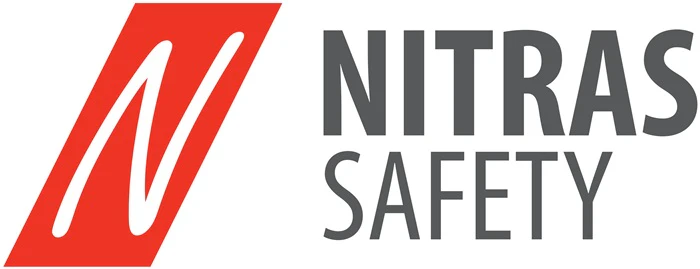





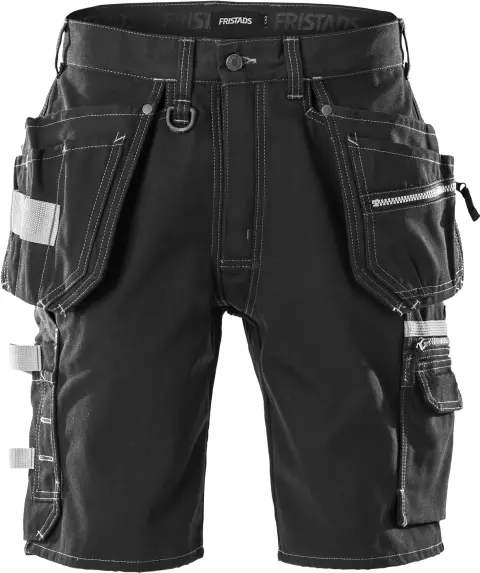
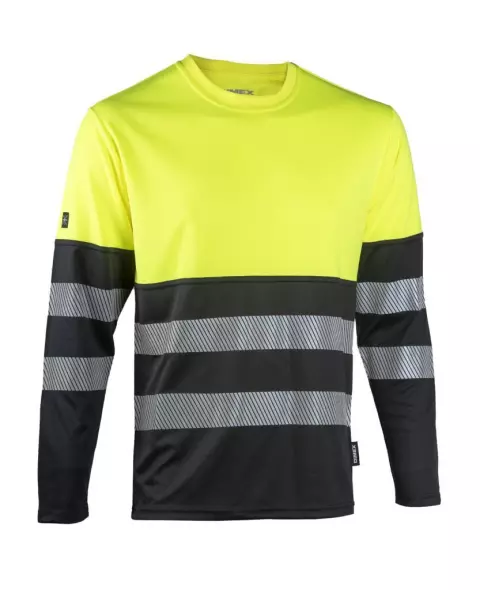
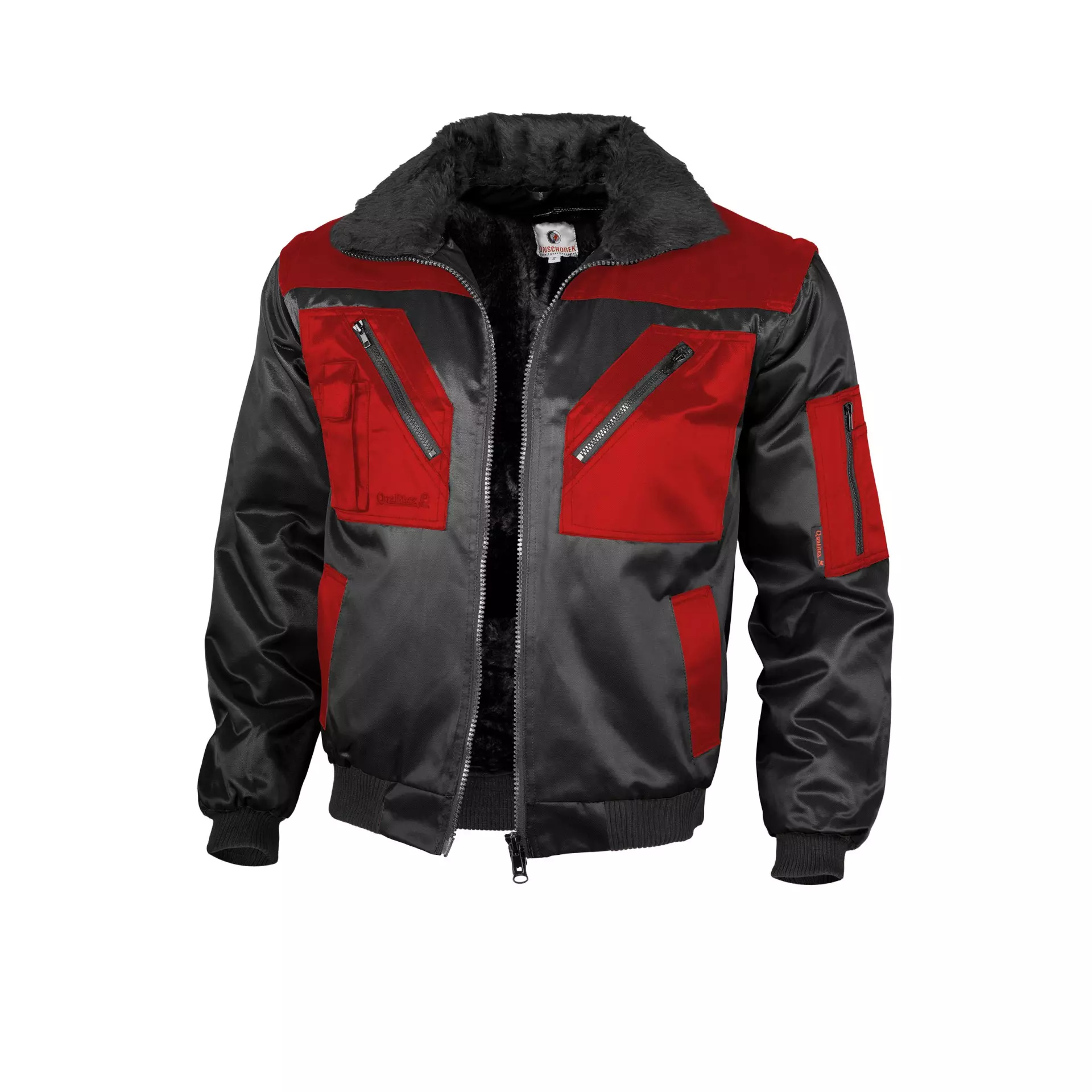
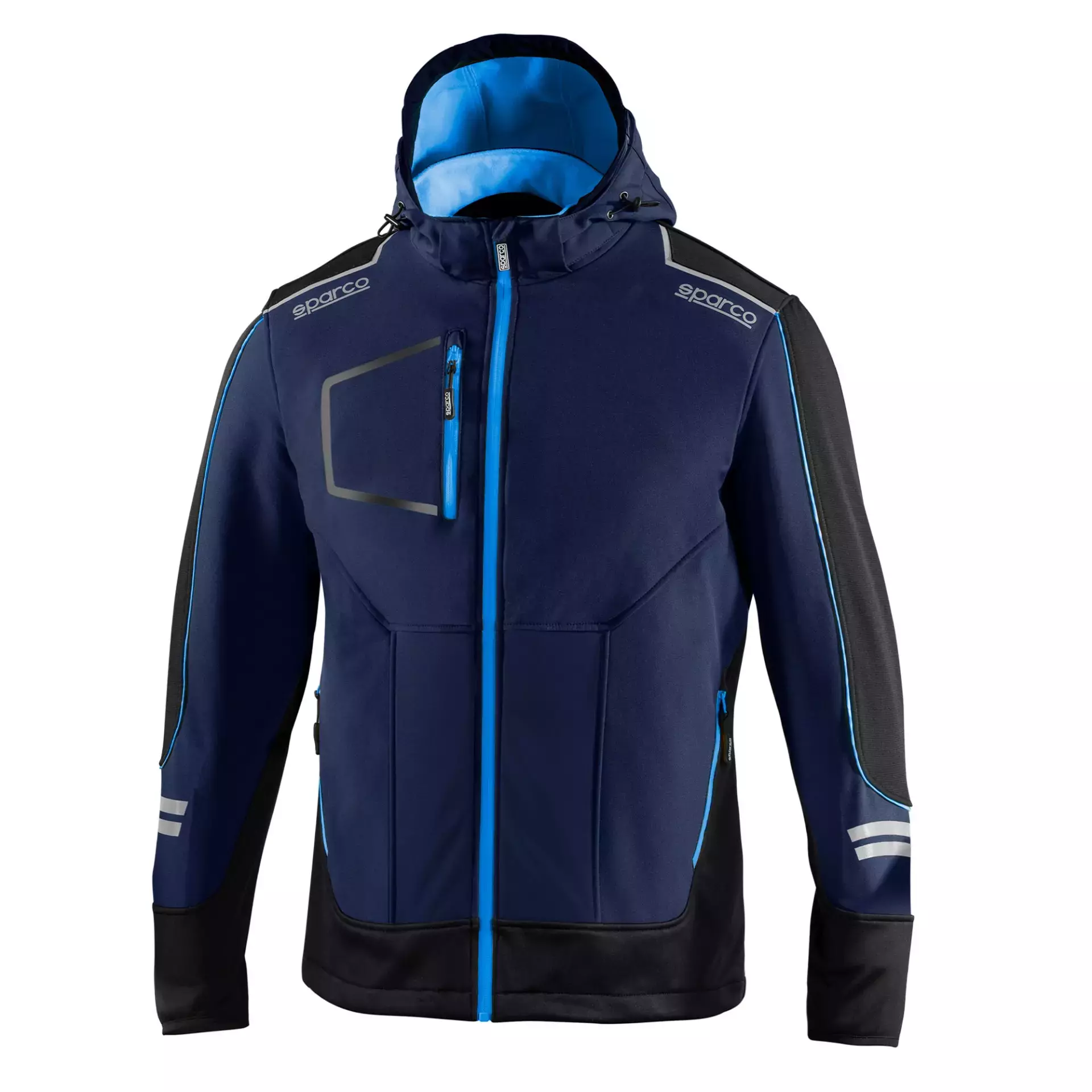





Overwhelmed by PPE options for food safety? Master your PPE selection for food workers safety with these practical tips.

Electricians across Europe face unique challenges that require reliable safety glasses to ensure both protection and efficiency. Whether safeguarding against...

Struggling to maintain clear vision in demanding environments? This guide is here to help. By the end, you’ll know exactly...

Overwhelmed by PPE options for food safety? Master your PPE selection for food workers safety with these practical tips.

Electricians across Europe face unique challenges that require reliable safety glasses to ensure both protection and efficiency. Whether safeguarding against...

Struggling to maintain clear vision in demanding environments? This guide is here to help. By the end, you’ll know exactly...
Get 20€ off on your first order!
Save 30% by buying directly from brands, and get an extra 10€ off orders over €100
Save 30% by buying directly form brands, and get an extra 10€ off orders over €100